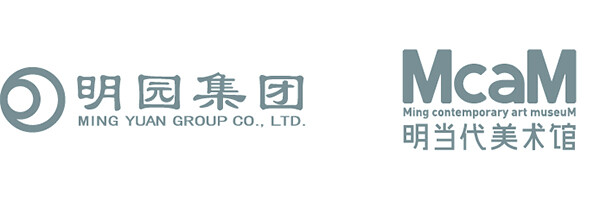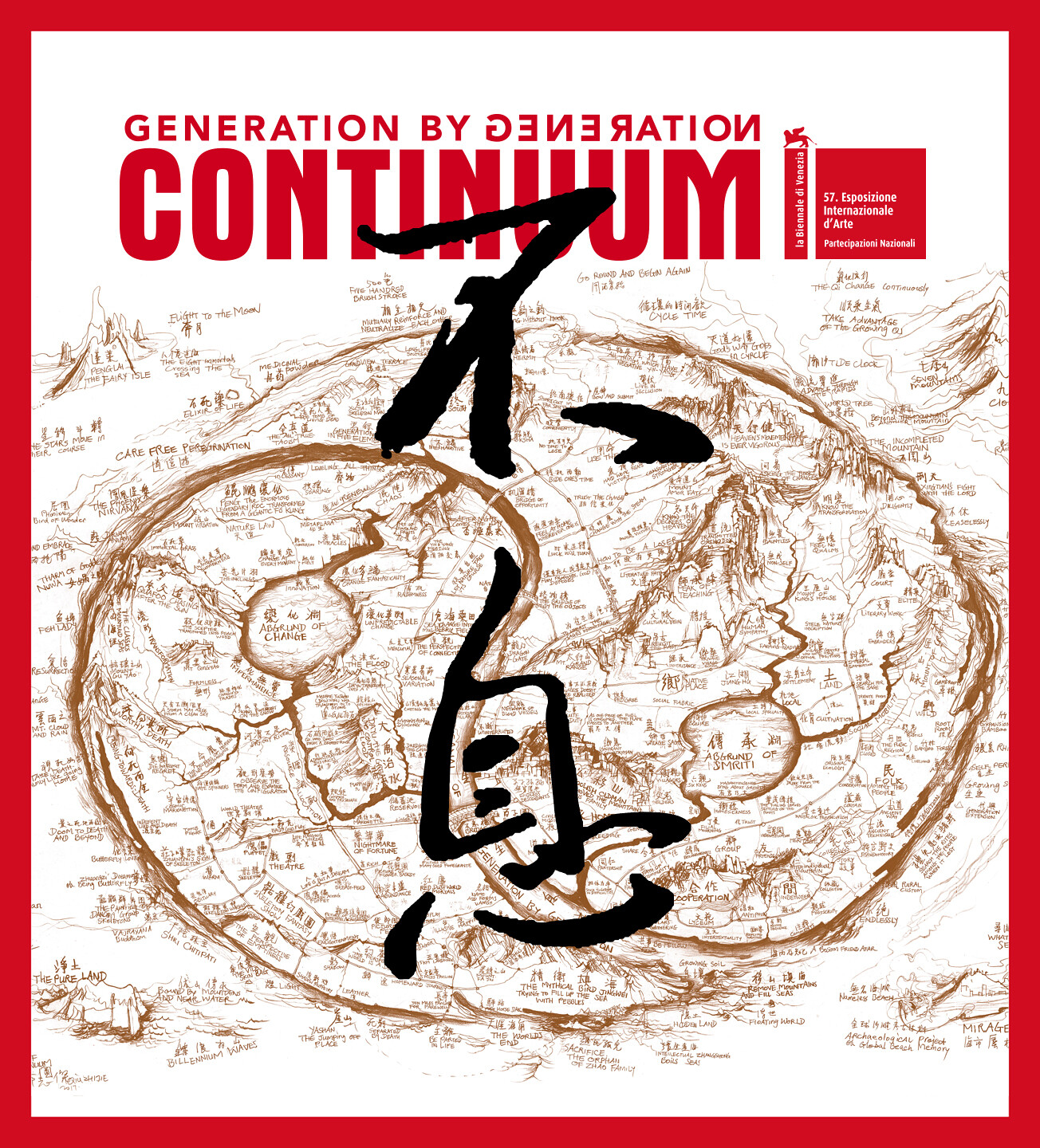Chinese Pavilion at the 57th Venice Biennale
March 31–June 3, 2018
No.436 East Yonghe Road, Jing'an District
200072 Shanghai
China
Hours: Tuesday–Sunday 10am–6pm
T +86 21 5690 0009
info@mcam.io
Curator: Qiu Zhijie
Artists: Wu Jian’an, Tang Nannan, Wang Tianwen, Yao Huifen
The Chinese Pavilion at the 57th Venice Biennale (2017) Continuum- Generation By Generation will tour to Shanghai from March 31 until June 3, 2018 at Ming Contemporary Art Museum. It is an exhibition curated by an artist for artists. It brings forward a project about the Chinese understanding of “eternity,” and reveals the profound essence of Chinese wisdom. It brings together contemporary art and folk art, and through their interaction, the mystery of long-lasting Chinese culture and Chinese art is interpreted.
Qiu Zhijie, recognized for the multiplicity of his interests and talents as an artist, has been selected as the curator of this exhibition. The mission of the Chinese Pavilion is to capture the energy of continuum or “Bu Xi” in Chinese, to convey the stories about regeneration in ancient texts and new vitality in today’s art making, and to capture the transformation and renewal of traditional artisanship.
The images of “Mountain/Sea” and “Ancient/New” representing “Yin/Yang” are the framework for the narration of this exhibition. Two well-known Chinese fables, The Foolish Old Man Removes the Mountains and Jingwei Filling the Sea, provide the imagery that correspond to “mountain” and “sea.” Two Song Dynasty paintings, Li Song’s Skeleton Fantasy Show and Ma Yuan’s Twelve Images of Water Surging have been chosen as the “foreword” for this exhibition. The two works both touch upon the unique characteristics of the Chinese spiritual world, especially the outlook on life, death, and time, which all point to the concept of “Bu Xi.”
Two folk artists and two contemporary artists have been commissioned to convey the meaning of the above narrative. Folk crafts and the works of contemporary artists permeate each other.
Suzhou embroidery master Yao Huifen will recreate the Skeleton Fantasy Show through the use of more than a hundred exquisite and unique techniques, and participate in making Tang Nannan’s work The Forgotten Sea. Wu Jian’an and shadow play master Wang Tianwen have been collaborating for many years. For this exhibition, they will create new works inspired by the imagery of mountain/sea as well as Ma Yuan’s water paintings. Tang Nannan, who was born into a theatrical family, shadow play master Wang Tianwen, Wu Jian’an from Shanghai Jinshan, and Yao Huifen from Suzhou will also produce new collaborative works. Thus the entire exhibition will form a network of intertextual and collective creation. Each artist will collaborate with the other three artists; at the same time, additional curators and artists will collaborate to form a living performance.
Chinese art is not the isolated creation of a single mortal Chinese artist, but is a collective creation across 5,000 years. It is a scholarly recital and gathering lasting thousands of years. Chinese artists do not work in solitude. Their creations are always a kind of response, a kind of enlightenment, in anticipation of echoing and of being critiqued and commented upon. This exhibition strives to transform the idea and imagery of ”Bu Xi” into archival evidence. A section to display archival documents will be established in the pavilion, showing the educational lineage of these four artists. Unlike the previous Chinese Pavilions, this section is not a mere supplement, but the spiritual essence of this exhibition.
This kind of overlaying discourse and echoing of folk art and fine art, new art and traditional art, creates an energy field of “Bu Xi.” This is different from the way of individual creation, and is the primary characteristic of Chinese art and civilization as it has passed from one generation to the next for thousands of years. Contemporary Chinese art stems from the same lineage.



